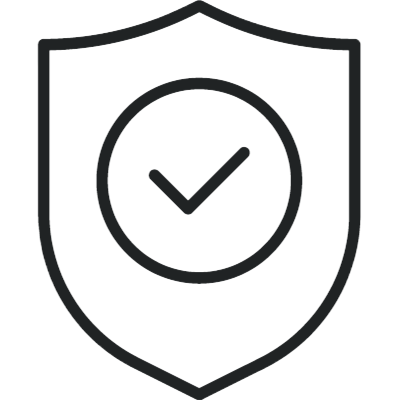Information security for Small and Medium- sized Enterprises
What level of security is right for your business and are there any security gaps? Read about the four dimensions of information security for SMEs and explore the range of security services offered by Tietokeskus.

We help SMEs to ensure the right security for their needs
Ensuring that an SME has adequate information security is not rocket science, although it does require vigilance and relentless monitoring of security threats. The challenge is that security must be taken into account in everything you do. Information security risks relate to both the company’s employees and the business applications in use.
Every company, even the smallest, is valuable to the attacker. If a back door has been left open, someone will probably go and see if there’s anything they can use for blackmailing. In the worst case, a company can lose all its data, and with the loss of customer data, it is easy to lose your entire business.
The key to SME security is to ensure that sensitive information is not leaked to anyone who does not need it. This is particularly important when end-users are constantly dealing with documents containing, for example, trade secrets. If, on the other hand, your company has an e-commerce type of information system that handles payment transactions or customer data, it is particularly important to protect your business systems.
Small and medium-sized enterprises (SMEs) are also subject to regulatory requirements
Companies have different security needs, but every company must ensure that it has an adequate level of security. An adequate level of security depends, among other things, on the regulatory requirements of the industry.
Currently, the NIS2 certification requirements, which will enter into force in October 2024, also apply to partners and subcontracting chains. With the entry into force of the NIS2 Directive, management will become increasingly responsible for information security and policies must be clear on how information security is to be reported and managed. For example, security breaches must be reported within 24 hours, which requires, in practice, a functioning SOC service.
The whole environment should be built according to the Zero Trust approach, i.e. to allow access only to those environments and tools that the user needs for their work.
Four areas of SME information security
At Tietokeskus, we see information security as a four square, with the areas of anticipation, detection, prevention and continuity management.
Preventive security and continuity management are already in place in most companies, but detection and anticipation are typically the areas where most improvement is needed.

Prevention

Anticipation

Detection

Continuity management
Check out our security services
Interested in our information security services?
Leave your contact details and we will be in touch.
